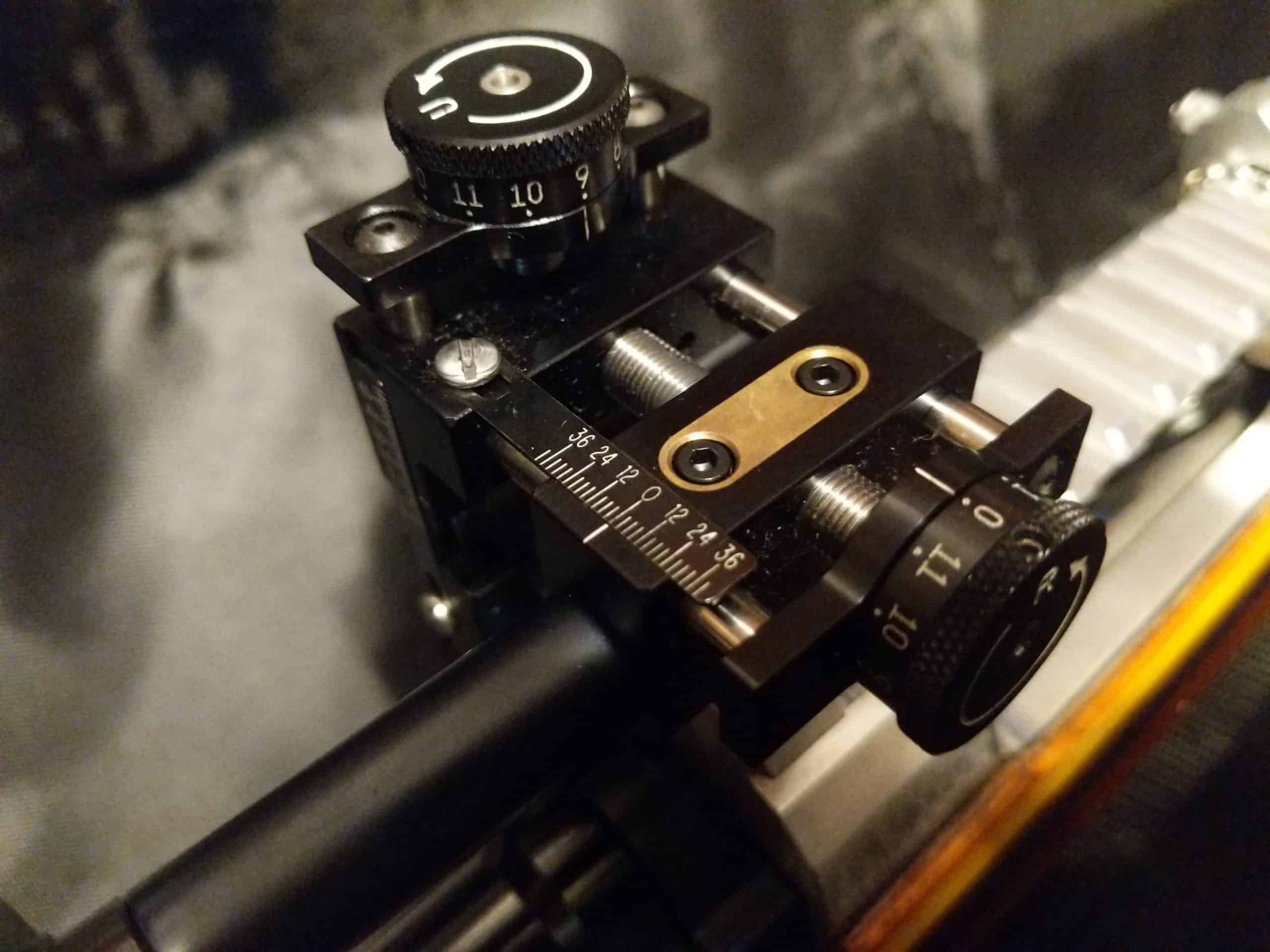Murphy's Law Strikes Again: Shooter Maintenance
Camp Perry Dispatch: 2021
If it can be broken, I’ve probably broken it. My AR firing pin retaining pin once busted into 18 pieces before. I broke a spring I didn’t even know my RCBS Rock Chucker press had. At this point I’m either a jinx or just have a knack for breaking things no one else has broken before.
One of the first things I learned when I started competing in service rifle was shooter maintenance. My coaches reminded our motley crew of kids on junior rifle night that we should always check to make sure everything on the gun is tight. This came into greater relevance with the .22 LR smallbore rifles than the AR’s, but shooter maintenance is shooter maintenance.
Over the past year of competing in 1,000 yard Palma, I’ve learned the smallest loose piece on the gun can completely upend an entire match. Though I’m still learning and not cleaning targets yet in this discipline, I now know that if I can’t call my shots, I should stop shooting and check.
The tricky part is knowing what to check. My first Palma match of the season, my first shot at 800 yards scored a seven to the right. There was no wind, and I was shooting a different bullet, so I assumed, as did my scorer, that I just needed to adjust the sights. I added a few minutes of left windage and sent down another round. Same spot. It nearly landed on top of the other. Confused, I checked my natural point of aim and added a few more minutes on the gun. This time the shot was a little closer to center, but still not where it should be.
My scorer encouraged me to put more wind on the gun, but I knew something was wrong. By the 1,000-yard line I had a score in the toilet and 25 minutes of left windage on the rifle on a no wind day. The match directors realized something was wrong and set to tightening everything. I had checked the rear sight, front sight, and sling swivel. Nothing seemed out of order. They did the same but landed on something I never dreamed to check: the front sight base. Secured by two screws, it was rotating slightly around the barrel with every shot. It was invisible to me as the changes were not drastic but enough to cause catastrophic results downrange.
This week it was a loose screw. I laid down at the 1,000 yard line and looked through my spotting scope at the mirage. It was running left to right and the flags downrange indicated the same. Add left windage. The shot was near the left edge of the target. I used my sighting rounds to walk the shots in, ending with 6 minutes of right windage on the gun. Talking with other shooters after the match, I realized I was the only one who ended with right, rather than left, windage.
Thinking my no-wind zero was off, a friend and I spent the evening sighting in the gun at 100 yards on the Civilian Marksmanship Program’s Petrarca Range. This range has electronic targets and my first hits wouldn’t register. It took a spotter with binoculars and my aiming at the corner of the target and grass to finally get the gun on paper. Not only was the no-wind zero off; it was nonexistent. The windage screw had wobbled loose and the bar indicating the windage position was able to be slid with a touch of a finger. A screwdriver off a range officer’s Leatherman did the trick and the Army Marksmanship Unit’s gunsmiths were happy to adjust the knobs so “0” on the rear actually meant zero. One more thing on the list of things to check.



